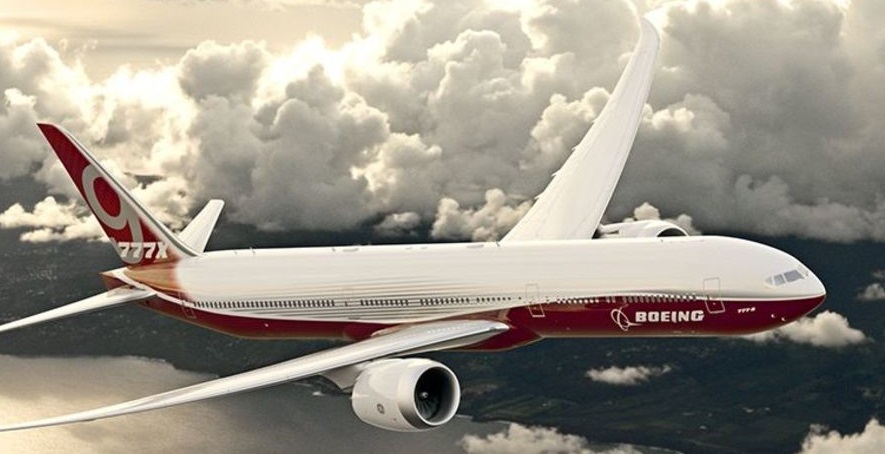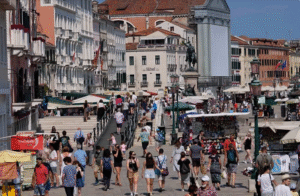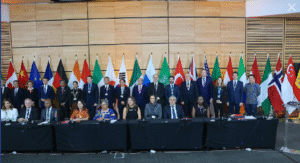Passengers looking to technology to improve their travel experience : IATA

Travel Biz News —
More passengers are looking to technology to improve their travel experience and interested to use their personal device to control more aspects of their travel journey from booking to arrival, according to 2019 Global Passenger Survey of International Air Transport Association (IATA).
An airline app was the preferred method of booking for passengers from one of the world’s largest aviation markets, with 24 percent of travelers from North Asia preferring this method. It was also the second most popular choice among passengers in the Middle East, favored by 14 percent of travelers.
Booking through an airline website, although less popular than in 2018, remains the method of choice for most travelers globally (39 per cent).
The focus of the Global Passenger Survey was on processes and technology in the travel experience, not airline or airport service levels.
Top passenger priorities identified include- Having more personal control over their journey via their smart phone , being able to use biometric identification to speed up travel processes ,to be able to track their baggage , maximum wait times of 10 minutes for baggage collection and immigration / customs and access to Wi-Fi on board at 34,000ft .
Using a smartphone was also identified by more than half of passengers (51 percent) as their preferred method of check-in.
Most passengers (72 percent) also wanted to be kept informed throughout their journey via travel notifications sent to their personal device. Preference for receiving information via a smartphone app has increased by 10 percent since 2016 and is now the method of choice for one third of passengers.
The survey found that 83 percent of passengers want to receive information on the status of their flight and 45 percent would like information on their baggage.
Biometric technology
The survey found that 70 percent of passengers are willing to share additional personal information including their biometric identifiers to speed up processes at the airport.
In addition, 46 percent of passengers would prefer to use biometric identification instead of a paper passport for their journey and 30 percent would opt to use a biometric token to board the plane.
These findings lend strong support to IATA’s One ID project which aims to create a paperless airport experience for passengers where they can move from curb to gate using a single biometric travel token such as a face, fingerprint or iris scan.
The survey indicated that 80 percent of passengers want to wait no longer than three minutes to drop off a bag. This increased to 10 minutes for queuing at immigration/customs for 79 percent of travelers and only 2 percent would accept a waiting time longer than 20 minutes.
Passengers (74 percent) also want to wait no longer than 10 minutes for baggage delivery and almost none wants to wait longer than 20 minutes.
Passengers want onboard Wi-Fi. Some 53 percent of surveyed passengers found Wi-Fi important to have. The importance is the highest in Africa (71%), Latin America (68%) and the Middle East (67%) and the lowest in Europe (44%) and North America (49%).
With availability of Wi-Fi connectivity continuing to have a direct impact on the overall travel experience, adopting the latest onboard Wi-Fi technology continues to be an effective way for airlines to distinguish their product offering.
Passenger pain points
Passengers once again identified airport security screening process and border control as two of their biggest pain points when travelling. Having to remove personal items was identified as a pain point by the most travelers (60 percent), closely followed by the removal of laptops and large electronic devices (48 percent) and variations in screening processes at different airports (41 percent.
To improve the boarding experience, the top three suggestions from passengers are- More efficient queuing at the boarding gate (60%), not needing to get a bus to the aircraft (51%) and more bin space for cabin luggage (46%).
The 2019 survey results were based on 10,877 responses from passengers across 166 countries, according to a statement issued by IATA.
October 21, 2019
Photo: Boeing














